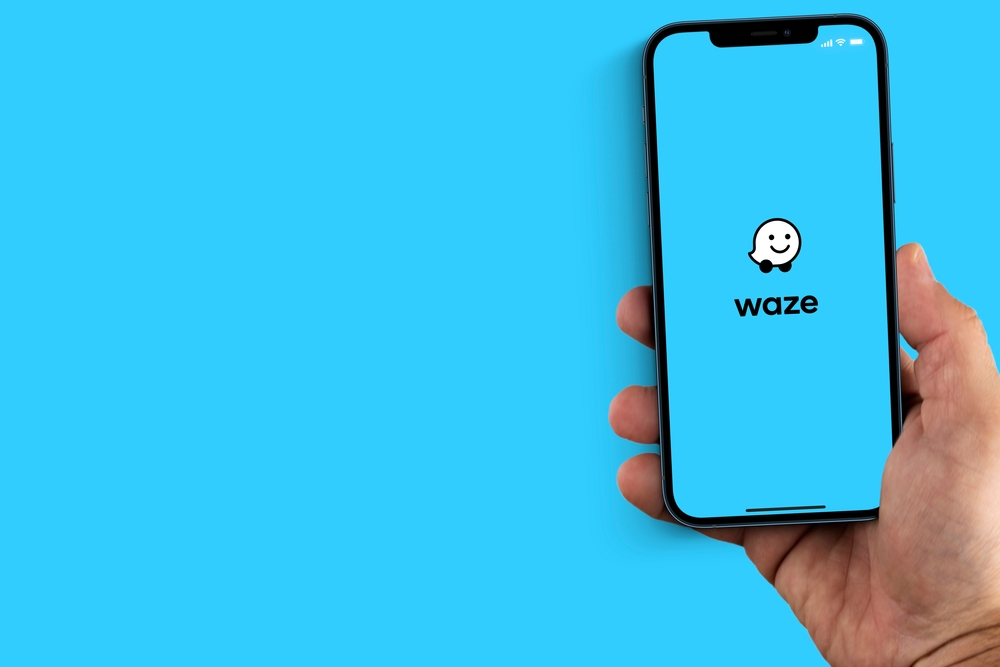
Google is pushing the boundaries of digital navigation by rolling out significant updates to its two flagship apps, Google Maps and Waze. These enhancements bring the two platforms closer in functionality while maintaining their distinct identities, making everyday commuting more intuitive and efficient for users worldwide.
Google Maps Integrates Waze-Like Features
Google Maps, known for its comprehensive navigation and exploration features, is now becoming more like Waze in terms of incident reporting. The new update allows users to report road conditions such as closures, construction zones, and speed cameras using larger, easily identifiable icons. This Waze-inspired feature aims to make real-time reporting more accessible and engaging, prompting other drivers to confirm incidents with a simple tap on their screens.
These changes reflect a broader strategy by Google to harmonize the user experience across its navigation platforms without merging them. According to Can Comertoglu, Head of Product for Google Maps, the company recognizes that users have different preferences when it comes to navigation. “Waze users are very dedicated,” Comertoglu noted, highlighting that many drivers appreciate the unique offerings of each app. This sentiment is echoed by Tim Queenan, Waze’s Director, who emphasized that Waze’s community of over 500,000 contributors plays a crucial role in keeping the app relevant and reliable.
Enhanced Destination Guidance in Google Maps
In addition to improved incident reporting, Google Maps is also introducing new destination guidance features. As users approach their destination, the app will now provide precise details, including the exact entrance of a building highlighted in red, with a green indicator showing the main entrance. This feature is designed to reduce confusion, especially in densely populated areas or complex building layouts. Furthermore, the app will begin displaying nearby parking lots, helping drivers find convenient parking options without the usual hassle.
These updates are currently rolling out across various platforms, including Android, iOS, vehicles with Google built-in, Android Auto, and Apple CarPlay. Users can expect the new destination guidance to be available in the coming weeks.
Waze: Expanding Its Arsenal of Features
While Google Maps is getting smarter, Waze isn’t standing still. The app is expanding its camera alert system, allowing users to report a broader range of traffic cameras. This includes cameras that monitor bus lanes, HOV lanes, seatbelt usage, and even those that detect texting while driving. This enhancement makes Waze even more valuable for users who rely on real-time traffic enforcement data to avoid fines and navigate more safely.
Moreover, Waze is introducing a dedicated experience for event-related information, which will notify users about road closures and traffic disruptions caused by local events. Whether it’s a marathon, concert, or sports event, Waze will send push notifications to users if an event near their home, workplace, or recent driving route is likely to affect their commute. This feature is set to debut during the 2024 Olympic Games and will be available for other major events moving forward.
Navigating the Future
As Google continues to invest in and evolve its navigation apps, the lines between Google Maps and Waze are becoming increasingly blurred. However, by retaining the unique strengths of each platform, Google ensures that users can choose the navigation experience that best suits their needs. Whether it’s the community-driven insights of Waze or the comprehensive features of Google Maps, drivers are now better equipped than ever to navigate the complexities of modern travel.
For more details, visit The Verge.

 Get in Touch
Get in Touch 


